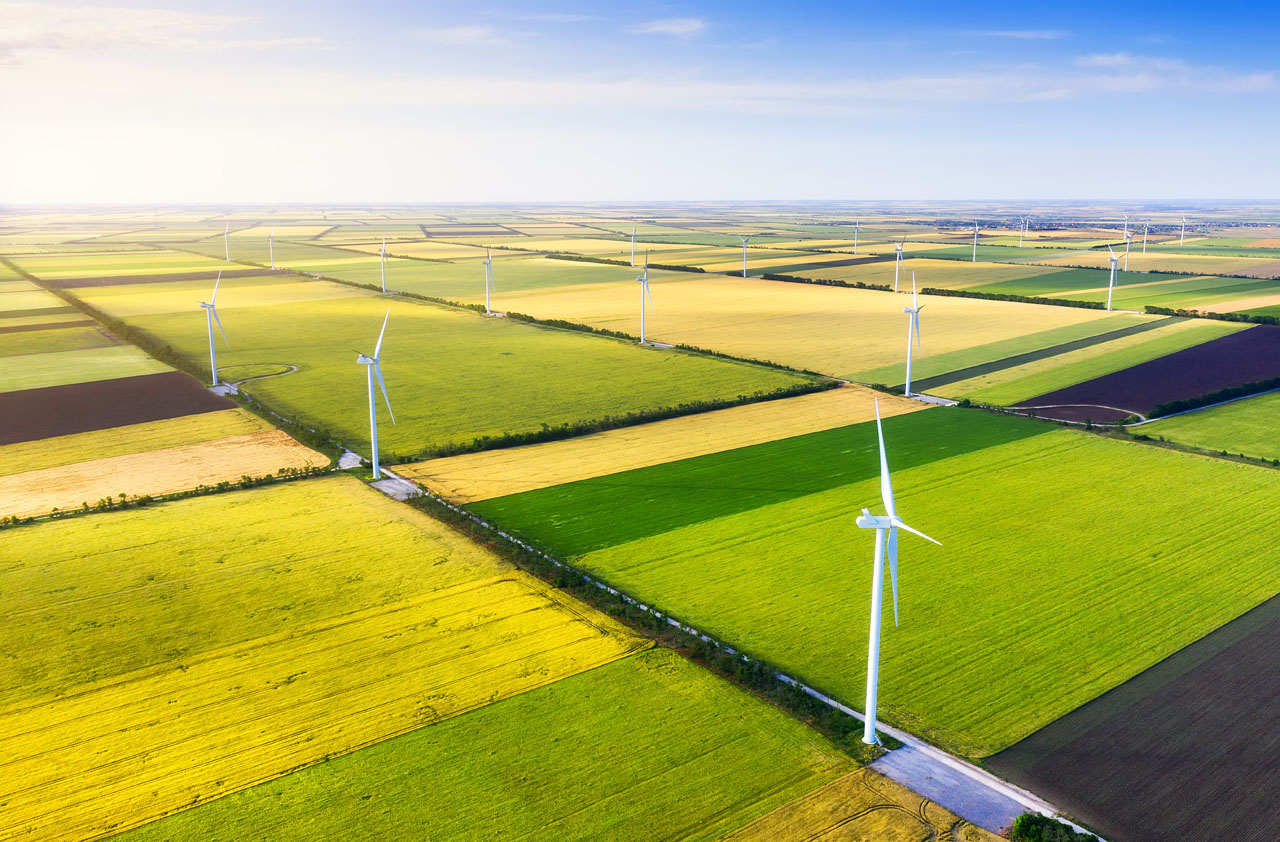The energy market
The European and global energy markets are seeing substantial growth of renewables; increased volatility in wholesale prices, including negative prices becoming more common place; and the growing electrification of EVs and heating as governments seek to decarbonise.
The EU’s objective is to achieve carbon neutrality by 2050. The European Commission’s Long-Term Strategy describes a number of pathways to reach between 80% and 100% decarbonisation levels, a 650x increase in Hydrogen (H2) production by 2030, and an 8000x increase by 2050. All of these pathways have major implications for the energy sector and, in particular, for electricity. The need for grid scale storage to offset intermittency in renewable production increases rapidly as renewable generation rises.



